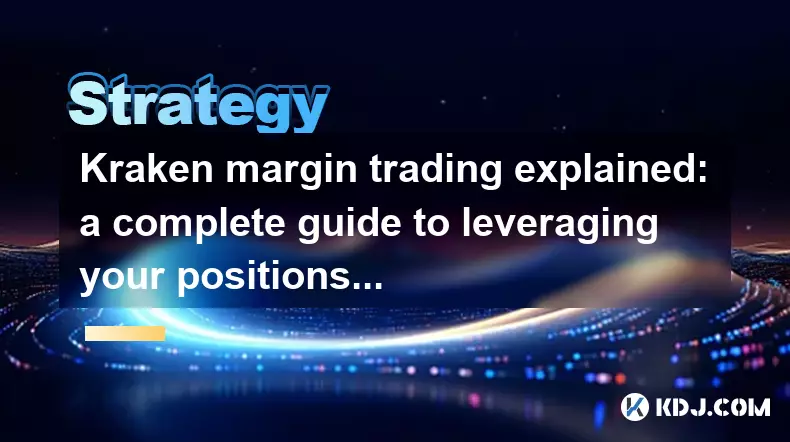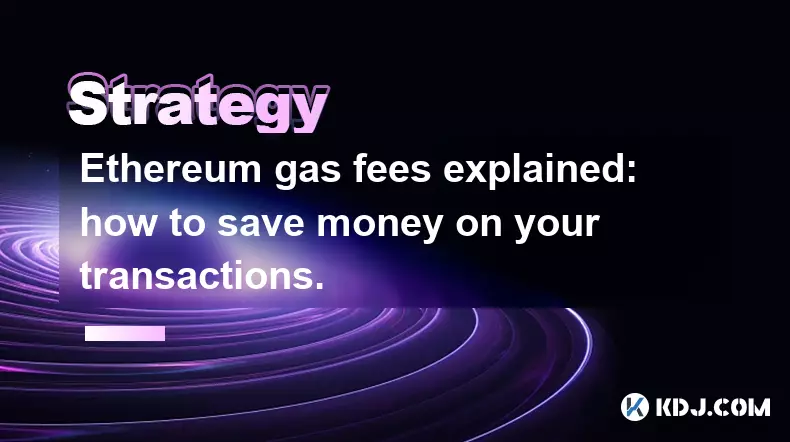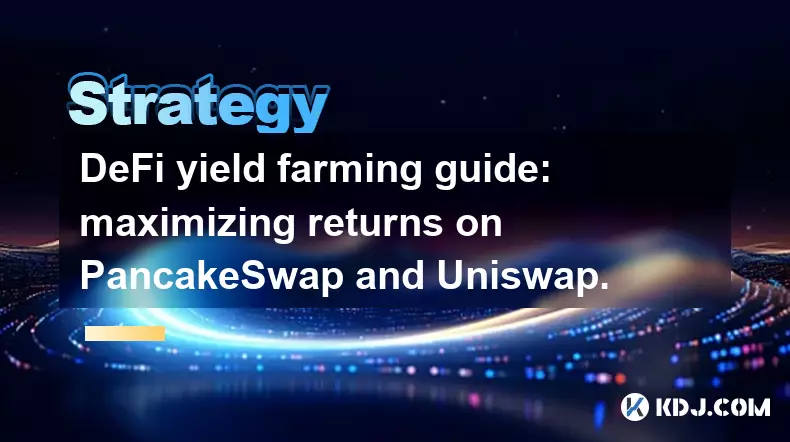-
 bitcoin
bitcoin $102182.982207 USD
-0.92% -
 ethereum
ethereum $3438.744518 USD
0.12% -
 tether
tether $0.999933 USD
0.02% -
 xrp
xrp $2.405093 USD
0.05% -
 bnb
bnb $956.306114 USD
-0.53% -
 solana
solana $153.028851 USD
-1.23% -
 usd-coin
usd-coin $0.999800 USD
-0.03% -
 tron
tron $0.294898 USD
-1.08% -
 dogecoin
dogecoin $0.171428 USD
-0.58% -
 cardano
cardano $0.551186 USD
-1.15% -
 hyperliquid
hyperliquid $38.755878 USD
0.04% -
 chainlink
chainlink $15.298460 USD
-0.05% -
 bitcoin-cash
bitcoin-cash $516.067428 USD
1.68% -
 stellar
stellar $0.280726 USD
-0.42% -
 zcash
zcash $518.919369 USD
18.01%
Kraken margin trading explained: a complete guide to leveraging your positions.
Kraken offers margin trading with up to 5x leverage on major crypto pairs, using a tiered system and cross-margin collateral, but amplified risks include liquidation and funding costs.
Nov 04, 2025 at 02:19 pm

Kraken Margin Trading Overview
1. Kraken is one of the most established cryptocurrency exchanges offering margin trading to experienced traders seeking amplified returns. Margin trading allows users to borrow funds from the exchange to increase their position size beyond their available capital. This leverage can magnify both gains and losses, making it a powerful yet risky tool in volatile markets.
2. On Kraken, margin trading is available for a variety of major cryptocurrency pairs such as BTC/USD, ETH/EUR, and XRP/USD. Traders can access leverage ranging from 2x up to 5x depending on the pair and market conditions. The platform uses a tiered margin system that adjusts borrowing limits based on account verification level and trading history.
3. To begin margin trading, users must first transfer funds into their margin wallet. These funds act as collateral for borrowed assets. Kraken automatically calculates the required maintenance margin, and if the position value drops below this threshold, a margin call or liquidation may occur.
4. Unlike some other platforms, Kraken does not offer peer-to-peer lending for margin positions. Instead, it acts as the sole lender, setting fixed interest rates on borrowed funds. Rates fluctuate based on supply and demand dynamics within the platform’s internal funding pool.
5. The interface integrates seamlessly with Kraken’s advanced order types, including stop-loss, take-profit, and trailing stops, enabling precise risk management. Users can monitor their margin level in real time through the dashboard, which displays key metrics like equity, margin used, and liquidation price.
How Leverage Works on Kraken
1. Leverage multiplies the exposure of a trade using borrowed capital. For example, with 5x leverage on a $1,000 deposit, a trader can control a $5,000 position. If the asset increases by 10%, the profit would be calculated on the full $5,000, resulting in a 50% return on the initial capital—excluding fees and interest.
2. However, losses are also amplified proportionally. A 10% drop under the same conditions would erase 50% of the trader's initial investment. Kraken enforces strict liquidation protocols to protect both users and the platform from negative balances.
3. The maximum leverage varies per trading pair. Highly liquid pairs like BTC/USD typically support higher leverage (up to 5x), while less stable pairs may only allow 2x or 3x. This adjustment helps mitigate systemic risk during periods of high volatility.
4. Kraken uses a concept called 'initial margin' — the minimum percentage of the total position value that must be covered by the trader’s own funds. For 5x leverage, the initial margin requirement is 20%. If the equity falls below the maintenance margin (usually around 7–10%), the system triggers a margin call.
5. Traders have the option to manually add more funds to avoid liquidation or set automatic top-ups through preferences. Failure to meet margin requirements results in a forced close of the position at the current market price.
Risks and Risk Management Tools
1. The primary risk in margin trading is liquidation due to adverse price movements. In fast-moving crypto markets, sharp reversals can trigger rapid declines in equity, leaving little time to react. Kraken provides a liquidation price indicator that shows the exact price point at which a position will be closed.
2. Funding rate costs accumulate over time, especially in long-term leveraged positions. These interest charges are applied every four hours and deducted directly from the margin wallet. High volatility often leads to elevated funding rates, increasing the cost of holding a position.
3. Market slippage during high-impact news events can result in execution prices significantly different from expected levels. This is particularly dangerous during liquidations, where the closing price might be far worse than anticipated, leading to deeper losses.
4. Kraken offers several tools to mitigate these risks. Stop-loss orders help cap potential downside by automatically closing positions at predefined prices. Traders can also use partial close options to reduce exposure without exiting entirely.
5. The platform includes a margin simulator in its Pro interface, allowing users to backtest strategies under historical market conditions. This feature helps assess how leverage would have impacted performance in past scenarios, aiding in better decision-making.
Frequently Asked Questions
What happens when my position gets liquidated on Kraken?When a position breaches the maintenance margin threshold, Kraken automatically closes it to prevent further losses. The system aims to close the position near the liquidation price, but in volatile markets, actual execution may vary due to slippage. Any remaining balance after repayment of borrowed funds and fees is returned to the user.
Can I trade margin with any account type on Kraken?No. Margin trading is only available to verified users who have completed Kraken’s Level 2 or higher verification process. Additionally, users must enable margin trading manually in their account settings and agree to the associated risk disclosures before accessing the feature.
Does Kraken charge fees for opening or closing margin positions?Kraken does not impose additional fees specifically for opening or closing margin trades beyond standard taker/maker fees. However, borrowers are charged hourly funding rates based on the amount of leverage used and prevailing market conditions. These rates are visible in real time before entering a trade.
Is cross-margin supported on Kraken?Yes. Kraken supports cross-margin functionality, meaning all assets in a user’s margin wallet can be used as collateral across multiple positions. This increases capital efficiency but also means that poor performance in one trade can affect the stability of others.
Disclaimer:info@kdj.com
The information provided is not trading advice. kdj.com does not assume any responsibility for any investments made based on the information provided in this article. Cryptocurrencies are highly volatile and it is highly recommended that you invest with caution after thorough research!
If you believe that the content used on this website infringes your copyright, please contact us immediately (info@kdj.com) and we will delete it promptly.
- Meteora, Lorenzo Protocol, Binance Listing: A New Era for Solana DeFi?
- 2025-11-13 21:10:02
- WLFI Rides, Chainlink, and Zero Knowledge: Decoding Crypto's Latest Moves
- 2025-11-13 21:35:01
- Lotshot: Hitting the Jackpot with NFT Lottery on the TON Blockchain
- 2025-11-13 20:45:01
- Zero Knowledge Proof, Litecoin, and Starknet: A New Yorker's Take on Crypto's Evolution
- 2025-11-13 21:40:01
- Trump, Crypto, and News Updates: Navigating the Bullish Wave of 2025
- 2025-11-13 21:40:01
- Crypto Presales November 2025: Maximizing Gains in the New Bull Run
- 2025-11-13 21:40:01
Related knowledge

Navigating a crypto bear market: strategies for survival and profit.
Nov 05,2025 at 02:04pm
Navigating a Crypto Bear Market: Strategies for Survival and Profit Surviving a crypto bear market requires more than just patience—it demands strateg...

Ethereum gas fees explained: how to save money on your transactions.
Nov 04,2025 at 04:01pm
Ethereum Gas Fees: Understanding the Basics1. Ethereum operates on a decentralized network where every transaction requires computational power to exe...

Kraken margin trading explained: a complete guide to leveraging your positions.
Nov 04,2025 at 02:19pm
Kraken Margin Trading Overview1. Kraken is one of the most established cryptocurrency exchanges offering margin trading to experienced traders seeking...

NFT flipping for beginners: a step-by-step guide to profitable trading.
Nov 02,2025 at 11:54pm
NFT Flipping Basics: Understanding the Market1. NFT flipping involves purchasing non-fungible tokens at a lower price and reselling them for profit, o...

DeFi yield farming guide: maximizing returns on PancakeSwap and Uniswap.
Nov 05,2025 at 12:20am
Understanding Yield Farming on PancakeSwap and Uniswap1. Yield farming has become a central activity in the decentralized finance (DeFi) space, allowi...

How to find the next 100x altcoin: a fundamental analysis checklist.
Nov 02,2025 at 09:54pm
Decentralized Exchanges Are Reshaping Trading Dynamics1. Decentralized exchanges (DEXs) have emerged as a powerful alternative to centralized platform...

Navigating a crypto bear market: strategies for survival and profit.
Nov 05,2025 at 02:04pm
Navigating a Crypto Bear Market: Strategies for Survival and Profit Surviving a crypto bear market requires more than just patience—it demands strateg...

Ethereum gas fees explained: how to save money on your transactions.
Nov 04,2025 at 04:01pm
Ethereum Gas Fees: Understanding the Basics1. Ethereum operates on a decentralized network where every transaction requires computational power to exe...

Kraken margin trading explained: a complete guide to leveraging your positions.
Nov 04,2025 at 02:19pm
Kraken Margin Trading Overview1. Kraken is one of the most established cryptocurrency exchanges offering margin trading to experienced traders seeking...

NFT flipping for beginners: a step-by-step guide to profitable trading.
Nov 02,2025 at 11:54pm
NFT Flipping Basics: Understanding the Market1. NFT flipping involves purchasing non-fungible tokens at a lower price and reselling them for profit, o...

DeFi yield farming guide: maximizing returns on PancakeSwap and Uniswap.
Nov 05,2025 at 12:20am
Understanding Yield Farming on PancakeSwap and Uniswap1. Yield farming has become a central activity in the decentralized finance (DeFi) space, allowi...

How to find the next 100x altcoin: a fundamental analysis checklist.
Nov 02,2025 at 09:54pm
Decentralized Exchanges Are Reshaping Trading Dynamics1. Decentralized exchanges (DEXs) have emerged as a powerful alternative to centralized platform...
See all articles










































































